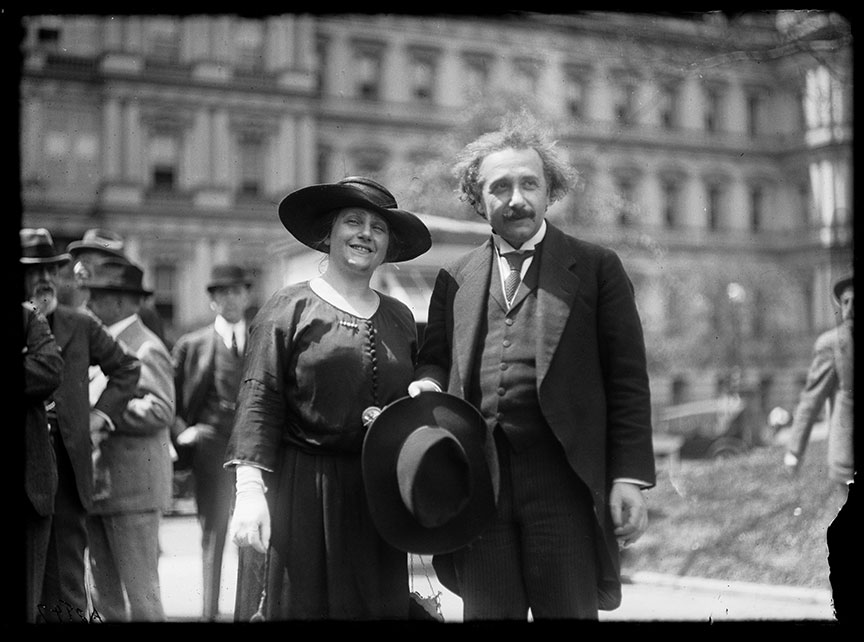1905 Theory of Relativity Published

On June 30, 1905, Albert Einstein published his groundbreaking Special Theory of Relativity, revolutionizing science with concepts like time dilation and the equivalence of mass and energy (E=mc²). This theory redefined space, time, and energy, laying the foundation for modern physics and technologies like GPS, nuclear energy, and advancements in understanding the universe.
On June 30, 1905, Albert Einstein, then a young German physicist living in Switzerland, published his groundbreaking Theory of Relativity, fundamentally altering the scientific understanding of space, time, and energy. This revolutionary theory, specifically the Special Theory of Relativity, was part of a series of papers Einstein published during what is now known as his “Annus Mirabilis” or “Miracle Year.” These works not only propelled him to global fame but also laid the foundation for modern physics and technology.
The Context of the Discovery
At the time of its publication, Einstein was a 26-year-old working at the Swiss Patent Office in Bern. While this job had little to do with theoretical physics, it provided him with the mental space to reflect on the fundamental problems of science. During this period, Einstein grappled with unresolved questions in classical mechanics and electrodynamics, particularly how the laws of physics applied to objects moving at high speeds relative to each other.
Einstein’s Special Theory of Relativity introduced two postulates that seemed counterintuitive at the time:
1. The laws of physics are the same for all non-accelerating observers.
2. The speed of light in a vacuum is constant and independent of the motion of the source or observer.
These principles overturned long-held beliefs rooted in Newtonian mechanics and the concept of absolute space and time.
Key Implications of the Theory
The Special Theory of Relativity demonstrated that measurements of time and space are relative to the observer’s motion. Perhaps the most famous result of Einstein’s work is the equation E=mc², which shows the equivalence of mass and energy. This elegant formula revealed that mass can be converted into energy and vice versa, providing the theoretical basis for nuclear energy and atomic power.
Einstein’s theory also introduced the concept of time dilation, where time slows down for objects moving close to the speed of light. For example, an astronaut traveling at near-light speed would age more slowly relative to someone remaining stationary on Earth.
These ideas were not only scientifically revolutionary but also philosophically profound, challenging humanity’s perception of reality and our place in the universe.
The Legacy of Special Relativity
The publication of Special Relativity marked the beginning of Einstein’s journey to becoming one of history’s most celebrated scientists. A decade later, he expanded upon his ideas with the General Theory of Relativity, which explained gravity as the curvature of spacetime caused by mass and energy.
Einstein’s work has had a profound and lasting impact on science and technology. From GPS systems, which rely on relativistic time corrections, to our understanding of black holes and the Big Bang, relativity remains central to modern physics. Additionally, the idea that mass and energy are interchangeable paved the way for advancements in quantum mechanics, nuclear energy, and particle physics.
Einstein’s publication of the Theory of Relativity not only changed the course of scientific history but also exemplified the power of human creativity and inquiry. It continues to inspire scientists and laypeople alike, over a century after its groundbreaking debut.
 >
>